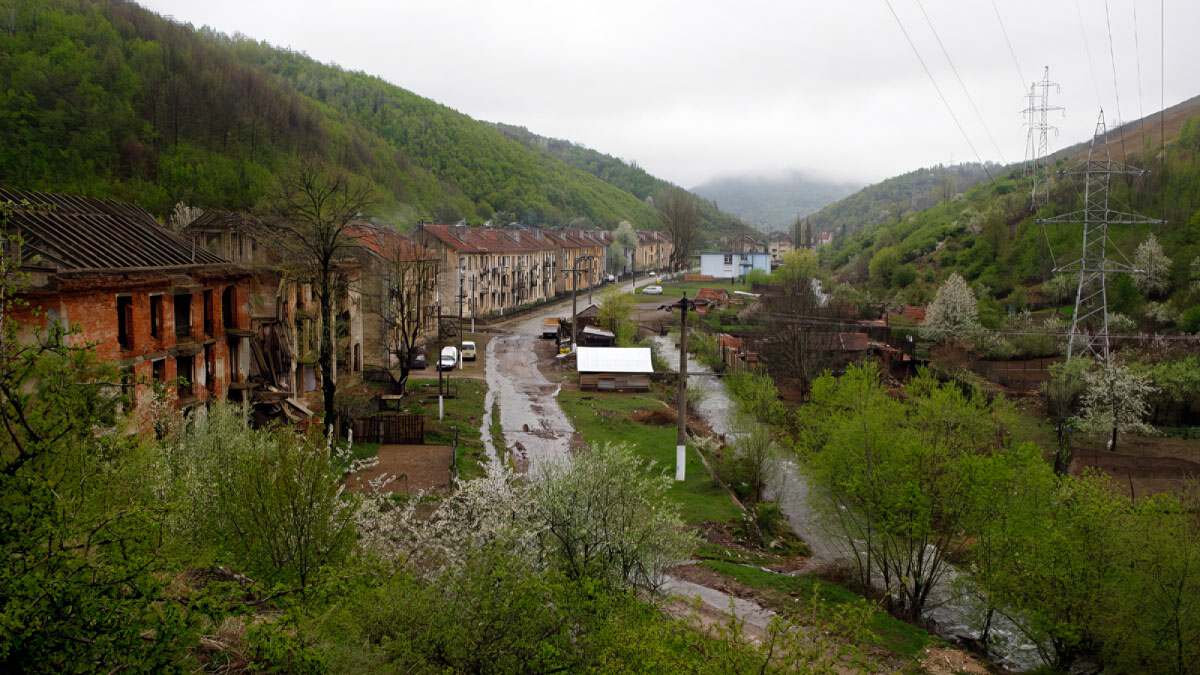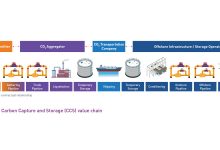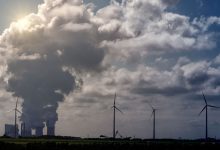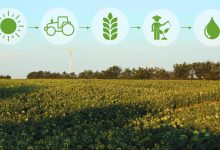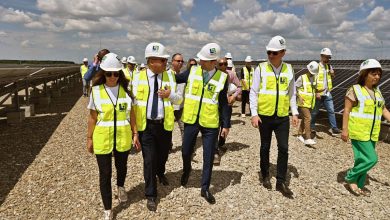Greening Contaminated Sites in Romania Between Stories and Reality
Although hundreds of mines and quarries were closed in the late 1990s, the greening of contaminated land is far from over.
The worst part is that in many cases the clean-up of land has been done in a very sloppy way, and this is seen today when land declared green in the paperwork does not look that way in reality.
Legislation on the management of potentially contaminated and contaminated sites has been in place since 2007 and the inventory of affected sites started in 2008. More than 15 years after this approach, statistics from the National Agency for Environmental Protection (ANPM) show that last year in Romania there were still 1,489 sites potentially contaminated by the oil industry, 38 in the metallurgical industry, 80 in the chemical industry and 729 contaminated by other activities specific to industries such as energy, textiles, cement, glass, animal husbandry etc.
The situation is even more critical if we consider the areas of land contaminated by the mining industry that has disappeared over time.
The statistics presented by ANPM in last year’s environmental report reveal a worrying situation for Romania.
No less than 45,000 hectares of land are contaminated. The worst soil degradation today is caused by lignite mining.
Data show that 24,432 hectares are affected nationwide. Also, 6,639 hectares in 35 counties are polluted, of which 5,773 hectares are excessively polluted due to tailing ponds, dumps, spoil heaps and landfills.
Pollution with waste and inorganic residues from industrial activities (minerals, salts, acids, bases) affects 844 ha, of which 360 ha are excessively affected.
The statistics for radioactive waste pollution do not look good either, with 566 ha affected, of which 66 ha excessively.
The most affected area is in Brasov (500 ha), where the uranium concentrates processing plant operates, the ANPM report says.
In the agricultural area, 4,973 ha are affected to varying degrees with animal waste, while pesticide pollution is reported only in a few counties and totals 2,076 ha, of which 1,986 ha are in Bacau County.
Saltwater pollution (from oil extraction or associated with oil extraction) has disturbed the ecological balance of soil and groundwater over an area of 2,654 ha, of which 1,205 ha are excessively affected.
Last but not least, 1,500 ha are affected by the gravel pits, their activity deepening the water beds, causing the water table to drop, which leads to a decrease in the water supply in neighbouring areas.
Heavy metals hard to remove
The safety of mines and tailing ponds is an activity that has largely fallen to the state, but there are still serious delays and shortcomings.
The ANPM report mentions the former Balan mining operation, in Harghita County. Although mining activity here was stopped in 2006, and four years later the greening work has not been completed.
Authorities acknowledge that animals are grazing in the area today in conditions where soil is polluted with heavy metals, endangering even human life.
Former uranium mines improperly closed
In Banatul Montan, in Ciudanovita, former uranium mines have been improperly closed and contaminated water from the wells can seep into the water table of wells and springs in the area.
The closure of the Liava and Ciudanovita mines began in the late 1990s, but operations have not been completed today.
The effect is that the Ciudanovita area is still highly radioactive due to spoil heaps and mine water. There are dozens of heaps in the area that are not fully stabilised.
Any heavier rain poses a danger to humans and animals as the runoff carries radioactive material into the Jitin and Lisava streams.
Currently, the National Uranium Company wants to see if surface water from the two mines is polluted with Radium 226, a radioactive isotope with a half-life of 1,601 years. The same thing, but also in the soil, the company wants to check at the former Baita uranium mine.
In order to see what the situation is on the ground, the National Uranium Company organised on 31 May a tender for a field survey at the Lisava and Ciudanovita mines and on 2 June for the Stei mine. If for the latter the company is willing to pay up to RON 420,000, excluding VAT, for the other two mines in Banatul Montan the cost is much lower, about RON 27,000.
Mine water treatment rather on paper
Mine or produced oilfield water may be discharged into watercourses only after appropriate treatment to ensure that the permitted limits for heavy metal concentrations (iron, manganese, lead, copper, cadmium, magnesium, chromium etc.) are respected.
The winding up of Romanian mining in the late 1990s meant the closure of 556 mines.
To keep mine water under control, efficient sewage treatment plants were needed, and in 2010 the Ministry of Economy stated that this problem would be solved in seven years. Since then, only eight wastewater treatment plants have been built or rehabilitated.
Impact of climate change on the marine and coastal environment
In 2021, globally, the Earth’s average surface temperature was equal to the average temperature in 2018, making it the sixth warmest year on record, according to independent analyses by the National Aeronautics and Space Administration (NASA) and the National Oceanic and Atmospheric Administration (NOAA).
According to annual temperature data, the last eight years are the first eight warmest years since the beginning of modern records by NASA and NOAA in 1880.
The data are provided annually by NASA’s GISS laboratory managed by the Earth Science Division of the agency’s Goddard Space Flight Center in Maryland, USA.
According to these records global temperatures in 2018 were 0.85 degrees Celsius above the average for the 1880-2020 reference period.
The Sixth Assessment Report of the IPCC (Intergovernmental Panel on Climate Change) published in August 2021 shows that greenhouse gas emissions from anthropogenic activities increase global temperatures by 0.8°C-1.3°C, with an optimal estimate of 1.07°C, leading to rapid changes in the global ocean and atmosphere.
In Romania, according to a study prepared by the Ministry of Environment, Water and Forests for 2020, carbon dioxide has the largest share of total greenhouse gas emissions, contributing globally with 0.3% of gas emissions and less than 3% of total emissions in EU countries.
Even if these contributions are insignificant, in the context of global warming, the trend of a progressive increase in the average air and seawater temperature is reflected in the average monthly temperatures recorded over the last decades, increasingly evident in the summer season, and in the winter season in recent years, with an average seawater temperature recorded at Constanța in 2021 1.9°C higher, compared to the average temperatures of the last 67 years.


